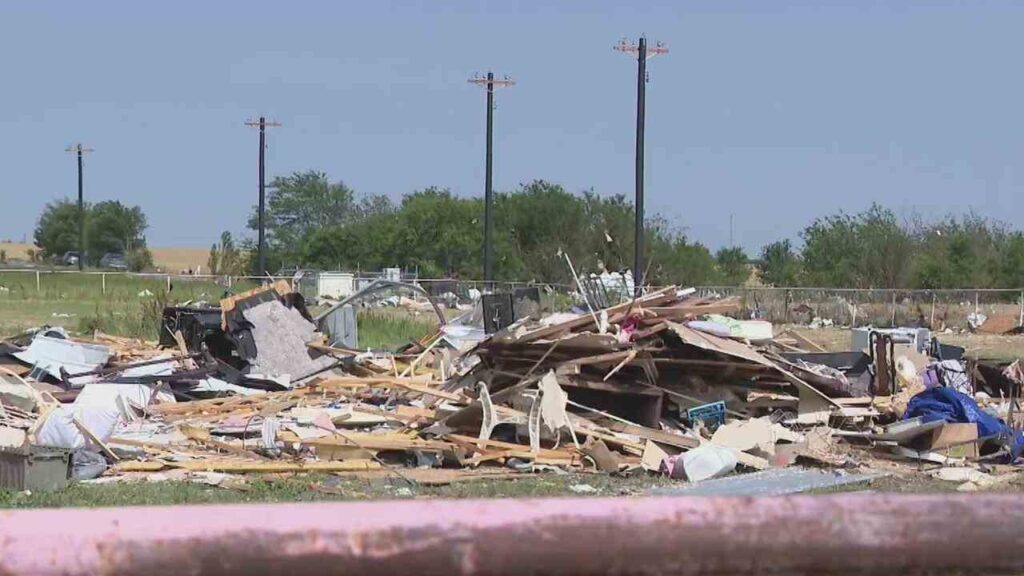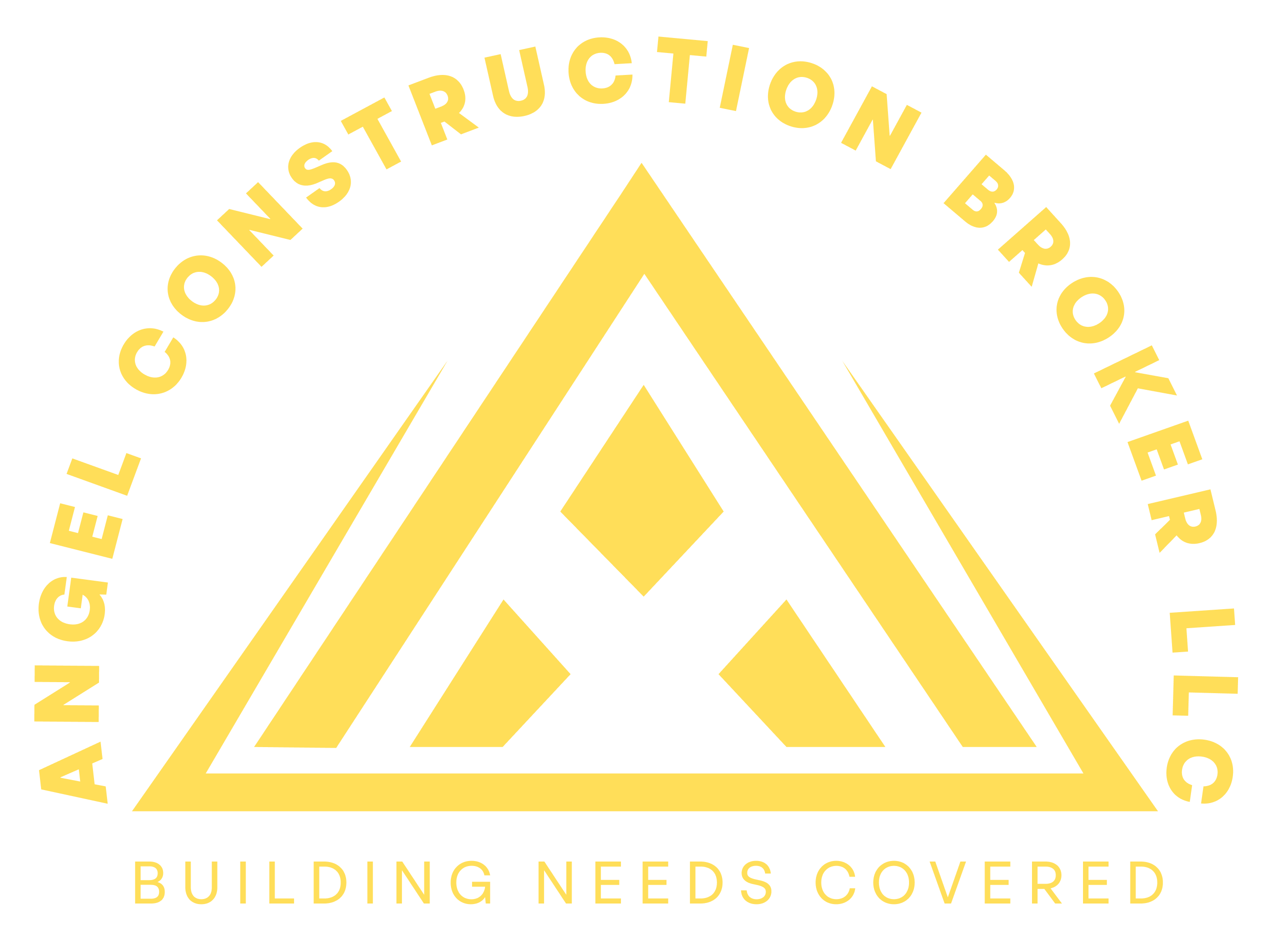Ah, the aftermath of a storm—it can leave your home feeling like a battleground. From fallen branches to damaged roofs, the havoc wreaked by nature can be overwhelming. But fear not! Knowing what to do immediately after experiencing storm damage is crucial for safeguarding your home and starting the recovery process. So, with the help of Angel Construction Broker, grab your rain boots and flashlight, because we’re about to dive into the essential steps to take after weathering the storm.

Whether it’s assessing the extent of the damage, documenting it for insurance purposes, or taking temporary measures to prevent further harm, taking swift action can make all the difference. Promptly contacting your insurance provider and seeking professional storm restoration services can help streamline the recovery process and ensure that your home is restored to its pre-storm condition as quickly as possible. By acting decisively in the aftermath of a storm, you can protect your property and expedite the necessary repairs, minimizing the disruption to your life.
Assessing Storm Damage
After a storm, begin by assessing the extent of damage to your property. Check for visible signs of damage such as fallen trees, missing shingles, or water intrusion. Inspect both the exterior and interior of your home to identify any structural or cosmetic damage. Take note of any hazards or safety concerns that need immediate attention. Assessing the type of storm damage that requires restoration allows you to prioritize repairs and communicate effectively with insurance providers and restoration professionals.
Documenting Damage for Insurance Claims
Documenting storm damage is essential for filing insurance claims and ensuring that you receive proper compensation for repairs. Take photographs and videos of the damage from multiple angles, capturing both wide shots and close-ups. Make detailed notes about the extent of the damage and any temporary repairs you have made. Keep all receipts and records related to repairs and restoration efforts. Attempting storm restoration without professional help can pose dangers, such as further structural damage or personal injury. Providing thorough documentation will help expedite the claims process and increase the likelihood of a successful outcome.
Temporary Measures for Preventing Further Damage
Taking temporary measures to prevent further damage is crucial after a storm. Cover broken windows or openings with tarps or plywood to keep out rain and debris. Clear debris from gutters and drains to prevent water buildup and potential flooding. If safe to do so, remove fallen branches or other hazards from your property. Addressing immediate threats can help minimize the risk of additional damage and protect your home until permanent repairs can be made.
Importance of Swift Action
Swift action is key in the aftermath of a storm to mitigate damage and ensure a timely recovery. Act quickly to assess damage, document it for insurance purposes, and implement temporary measures to prevent further harm. Promptly contacting your insurance provider and hiring professional restoration services can expedite the restoration process and minimize disruption to your life. By taking decisive action, you can protect your property and begin the journey toward recovery sooner rather than later.
Contacting Insurance Provider
Contacting your insurance provider as soon as possible after experiencing storm damage is essential. Notify them of the damage and provide detailed information about the extent of the damage and any temporary repairs you have made. Follow their instructions for filing a claim and providing documentation, such as photographs, videos, and receipts. Keep records of all communication with your insurance provider, including claim numbers and adjuster contacts. Promptly reporting the damage to your insurance company can help expedite the claims process and ensure that you receive proper compensation for repairs.
Hiring Professional Storm Restoration Services
Hiring professional storm restoration services is crucial for ensuring that your property is properly restored after a storm. Look for licensed and experienced contractors with expertise in storm damage restoration. They can assess the damage, provide a comprehensive restoration plan, and coordinate repairs with your insurance company. Professional restoration services have the equipment, skills, and resources to handle all aspects of the restoration process, from debris removal to structural repairs. By entrusting your property to professionals, you can ensure a thorough and efficient restoration that restores your home to its pre-storm condition.

Safety Considerations After a Storm
Safety should be a top priority after a storm to prevent injuries and accidents. Stay away from downed power lines and report them to the utility company immediately. Avoid standing water, as it may be contaminated or conceal hazards such as debris or electrical wires. Use caution when inspecting your property for damage, and wear appropriate protective gear, such as gloves and sturdy shoes. If you smell gas or suspect a gas leak, evacuate the area immediately and call the gas company. Prioritize safety at all times to avoid further harm in the aftermath of a storm.
Prioritizing Repairs
Prioritizing repairs after a storm involves identifying and addressing the most urgent issues first. Focus on repairing damage that compromises the safety or structural integrity of your home, such as roof leaks or broken windows. Address water damage promptly to prevent mold growth and further deterioration of building materials. Make temporary repairs to prevent further damage while you await permanent repairs. Communicate with your insurance provider and restoration professionals to ensure that repairs are completed in a timely and efficient manner.
Communication with Contractors
Effective communication with contractors is essential for ensuring that repairs are completed to your satisfaction. Clearly communicate your expectations, concerns, and preferences regarding the restoration process. Keep lines of communication open and respond promptly to any inquiries or requests for information from your contractor. Stay informed about the progress of repairs and ask questions if anything is unclear or requires clarification. By maintaining open and transparent communication, you can foster a positive working relationship with your contractor and ensure that repairs are completed according to your specifications.
Monitoring the Restoration Process
Monitoring the restoration process involves staying informed about the progress of repairs and addressing any issues or concerns that arise. Keep in touch with your contractor and ask for regular updates on the status of repairs. Inspect completed work to ensure that it meets your expectations and complies with building codes and regulations. If you encounter any problems or deficiencies, communicate them to your contractor promptly and work together to find solutions. By actively monitoring the restoration process, you can ensure that repairs are completed to your satisfaction and that your home is restored to its pre-storm condition.
Follow-Up and Final Inspections
Follow-up and final inspections are important steps in the restoration process to ensure that all repairs have been completed satisfactorily. Schedule a final walkthrough with your contractor to inspect the completed work and address any remaining issues or concerns. Verify that all repairs have been made according to your specifications and that your home is safe and structurally sound. If necessary, obtain documentation of completed repairs for your records and insurance purposes.
Conclusion
In conclusion, effectively managing the aftermath of a storm requires a combination of proactive measures, clear communication, and swift action. Assessing damage promptly, documenting it for insurance purposes, and implementing temporary measures to prevent further harm are essential steps in the recovery process. Contacting your insurance provider and hiring professional storm restoration services can expedite repairs and ensure that your home is restored to its pre-storm condition efficiently. Safety should always be a priority, and prioritizing repairs based on urgency helps minimize further damage. Clear communication with contractors, active monitoring of the restoration process, and thorough follow-up inspections are crucial for ensuring that repairs are completed satisfactorily.
FAQs
What should I do immediately after a storm? Assess the extent of damage, document it for insurance, and take temporary measures to prevent further harm.
How can I expedite the insurance claims process? Promptly contact your insurance provider, provide thorough documentation of damage, and follow their instructions for filing a claim.
Why is it important to hire professional restoration services? Professional contractors have the expertise and resources to handle all aspects of storm restoration efficiently and ensure proper repairs.
How can I prioritize repairs after a storm? Focus on addressing safety hazards and structural damage first, then prioritize repairs based on urgency and extent of damage.
What safety precautions should I take after a storm? Avoid downed power lines, standing water, and damaged structures, and wear appropriate protective gear when inspecting your property.
